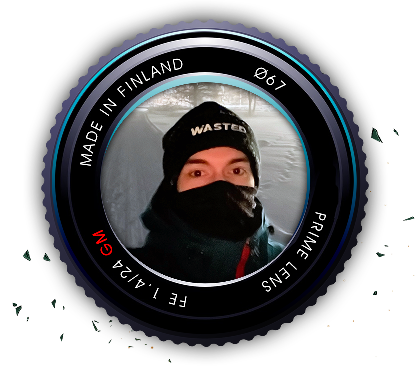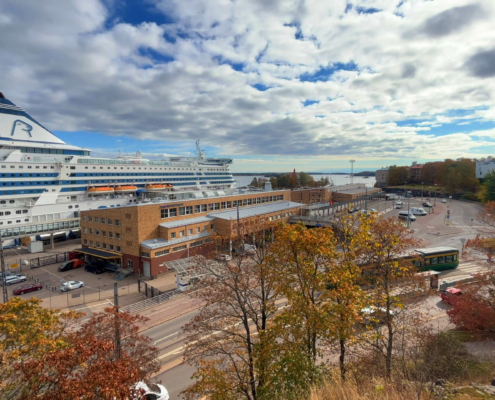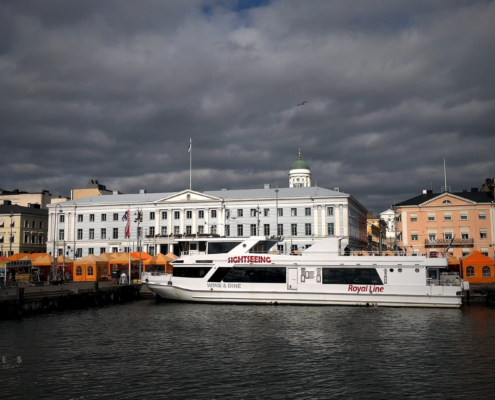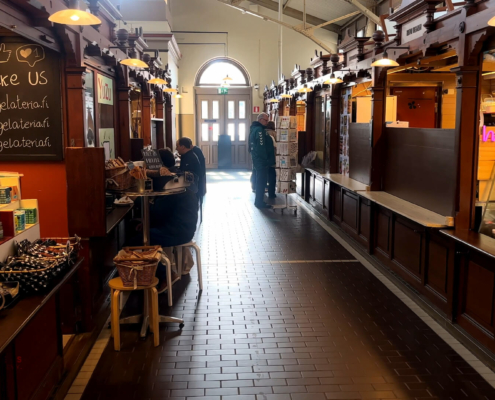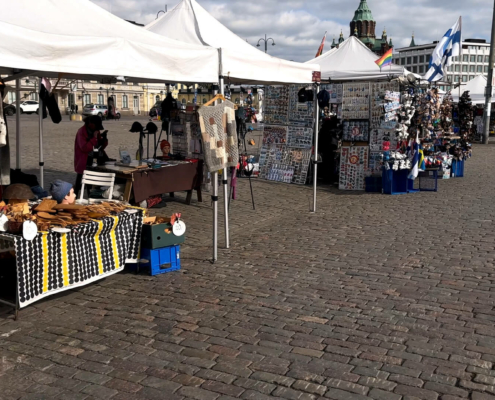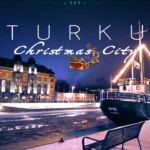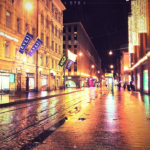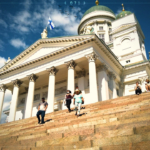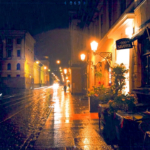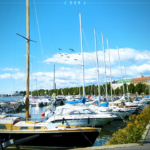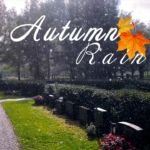Sightseeing Helsinki Old Market Hall & Square, Finland
3D Audio 4K UHD
Hello, it’s good to see you again.
Today we are welcomed in the Old Market Hall, located next to the Market Square of Helsinki, Finland.
Where merchants sell all kinds of cheese, fish, shellfish, vegetables, fruit and cakes to spices, coffee and tea.
There are a total of about 25 merchants and cafes.
Here you will also find the smallest Alko shop for wines and beverages, as well as cafes and restaurants.
To learn about its rich history, we need to travel back to 19th-century Helsinki, which was then the capital of the Grand Duchy of Finland.
Before the Old Market Hall was established, groceries were mainly sold at open-air markets.
The idea that trade could take place in covered halls only came to light in the last decades of the century.
A new awareness about food hygiene was the main reason for this.
In 1888, construction began on the first indoor hall in Helsinki, the Old Market Hall.
The hall was not opened to the public until 1889.
Designed by the Finnish architect Gustaf Nyström (1856 – 1917).
The design is heavily influenced by market halls in other major European cities.
At the time of opening, the hall had 120 stalls and 6 shops.
Between 1899 – 1905 Finland went through the first period of oppression, with increasing campaigns for the Russification of Finland.
2 more market halls were built in Helsinki, Hietalahti Market (1903) and Hakaniemi Market (1914).
The period during the First World War, the Finnish Civil war and Finland’s independence (1914 – 1918) saw extreme scarcity.
In the early 1920s, trade started to flourish again.
Market halls in other towns in Finland were built rapidly.
However, 2 upcoming major events would jeopardize the survival of the market halls.
With the worldwide recession in the 1930s that hit the trade at the Old Market Hall.
Immediately followed by the Finnish Winter War (1939 – 1945).
Resulting in 6 harsh years, due to general scarcity, access to raw materials was strictly rationed, while the black market trade posed a further threat to the merchants.
In post-war Finland rationing came to an end in 1954, and in the decades that followed, trade recovered and grew year after year.
Finland joined the EU in 1995, which meant significant changes for merchants selling foreign delicacies.
With product imports from countries such as France, Italy, Spain and other Central European nations.
Thanks for walking with me, 𝗶 𝗮𝗱𝗱𝗲𝗱 𝗮 𝗖𝗜𝗡𝗘𝗠𝗔𝗧𝗜𝗖 𝗲𝗻𝗱 𝘄𝗵𝗶𝗰𝗵 𝘀𝘁𝗮𝗿𝘁𝘀 𝗳𝗿𝗼𝗺 𝟭𝟵:𝟭𝟵
Enjoy the rest of the video and hope to see you in the next scene!
Take care and have a nice week.
Scott Buckley
Felicity
https://scottbuckley.com.au
Attribution 4.0 International (CC BY 4.0)
